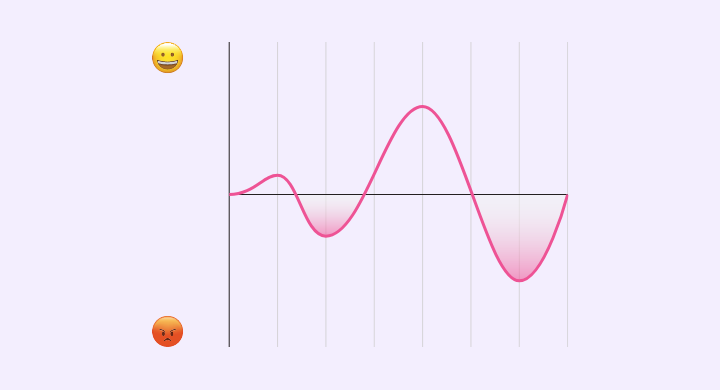Show the value of UX in a way your boss understands
I recently attended Jared Spool’s course titled UX Metrics Stakeholders Can’t Ignore where he lays out a great way to not only help bring UX to the table but also integrate it into your company’s way of thinking. Here’s my synopsis of Jared’s course:
As UX Designers, our job is to improve our user’s lives one way or another. Whether it’s making it easier to make a purchase, automating repetitive tasks, or delighting them with a clever interaction, we’re here to turn frustration into delight. The work we do adds value to our users lives and in turn helps our stakeholders meet their bottom line, which always comes down to one simple thing: money, money, money!
So how do you add a dollar value to the work you do? Is it the number of wireframes and design files you have created? Or the number of usability tests and recommendations you and your team have made? Well, these outputs show that you’re doing the work, but they don’t show the value UX designers have added. Instead of outputs we need to look at outcomes: the change in the world that we’ve helped make – how we have improved our users’ lives.
How can you show how you have improved someone’s life? Start by observing your customers within their working environment* and note down any moments of frustration or delight. With each frustration comes an opportunity for improvement. When users are delighted make sure you include that in your solution.
With your list of observations in hand, it’s time to decide what can be improved. Decide when you’ll know you’ve accomplished an improvement and how much time you expect each improvement to take. Now choose the improvements that will have the most impact to your users’ lives (and impress your boss and key stakeholders the most).
Next connect your accomplishments to a dollar value. If you don’t fix these user frustrations, what is the cost? Lost sales, increased support, increased training, features being built but never used, and damage control all have a cost. Estimate the cost for the worst offenders and validate your estimates with the people in your organization who can help fine tune your numbers.
Now you’ll have some powerful numbers at your disposal. Numbers that compare the cost of doing nothing with the cost of building the solution. Numbers that show the value of UX!
* If you have an existing solution, observe your customers as they journey through your application. If you’re working on something new, or disrupting a current industry, observe people in their current environment. You’ll quickly spot areas where they’re having trouble and where things are working well.